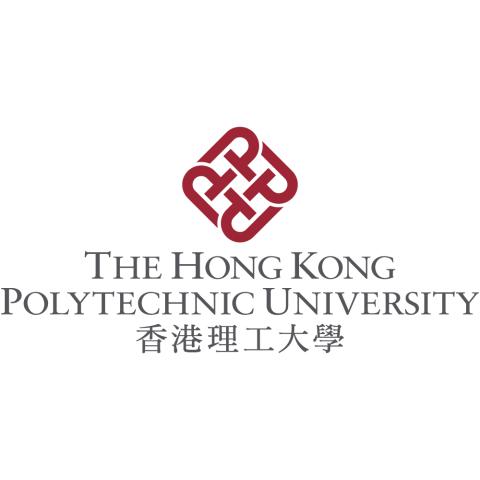
An introduction to the global classroom: benefits, challenges and value added
University internationalisation efforts typically include student exchange programmes (inbound and outbound), site visits, cultural tours and other activities. However, during the Covid-19 disruption, nearly all exchange programmes were suspended because of travel restrictions and quarantine measures. As a result, some students have been deprived of an opportunity to study at a foreign institution and need to find alternative ways to acquire leadership skills, appreciate transcultural knowledge and gain insights into globalisation.
During the Covid-19 disruption, many institutions switched to offering classes online or in a hybrid delivery mode. For nearly all universities operating online classes, all participants were, as might be expected, students enrolled there. In other words, technology was bridging the distance and timing divides of participants (teachers and students) from the same institution.
- Bringing international and intercultural dimensions into your programmes
- Engaging with the world from your home classroom: tips for internationalising the curriculum
- Western universities need to look further afield or risk alienation
However, with just a simple twist to this concept, technology can also bridge the distance and timing divides between students and teachers from multiple institutions. This gave birth to the notion of “global classrooms”, a type of internationalisation-at-home effort.
The global classroom
At the Hong Kong Polytechnic University (PolyU), we have been piloting the use of the global classroom (GC) since 2017, well before Covid-19. The GC, a kind of collaborative online international learning (Coil), is defined as a learning space that fosters co-learning, collaboration, sharing and co-creation of deliverables among its participants.
Both synchronous and asynchronous activities can be included in a GC. Examples of synchronous activities are live/joint lectures, role plays, group discussions and Q&A panel sessions. Asynchronous activities may include using a common online discussion forum, reflections on recorded content and co-creation of project deliverables by a joint project team (where members are drawn from multiple institutions).
Benefits of a GC
The GC has turned out to be a refreshing new pedagogy, thanks to the advancement of technologies and increasingly connected societies. More than typical internationalisation efforts, a GC enables all students in a subject to benefit, not just the handful of students who were approved for an exchange programme. Furthermore, the GC is very scalable; it does not require any additional investment in infrastructure or technology.
It can also help students acquire much-needed skills that they might need as knowledge workers in the 21st century. For example, through carefully designed joint activities, students can enhance their communication, critical thinking, collaboration and presentation skills.
In our own experience of the GC, feedback and reflections from teachers and students from participating institutions have all been very positive; they all reported that the GC offers a refreshing and impactful learning experience for all participants. Meanwhile, students participating in the GC as their graduate intake programmes during Covid-19 also relayed to us that their GC experience was highly valued by corporate interviewers. Many parties have agreed to continue hosting the GC and are permeating this pedagogy into routine operations in programme delivery.
GC challenges
Behind the successes, of course, there are also major challenges in planning and hosting a GC. These are summarised alongside recommended solutions below:
Locating an overseas collaborator: Pursuing both official (the university’s international office) and personal channels (collaborators, former colleagues, people met at conferences) brings the best chance of success and also leverages existing relationships.
Long lead time: Start planning early, at least six to eight months ahead.
Finding a common time slot for synchronous collaboration: Ideally approach institutions that are within +/- four hours from the time zone of the home institution, as this offers a better chance of a window for a common time slot. Also, consider pursuing asynchronous collaboration, as GC does not necessarily need to be synchronous. Consider using only a portion of the class time for a GC. Pre-record a lecture for students to replay if a common time slot cannot be found.
Collecting feedback: Be aware of the policies and regulations of the overseas institutions and government before distributing surveys or approaching foreign students for interviews.
Measuring outcome and impact: This needs careful planning and alignment with the subject’s learning outcomes. In the past, PolyU subjects have used pre- and post-study surveys, feedback and interviews with students and teachers for this purpose.
Further GC value adds
After five years of operating the GC, we discovered another significant gain: enabling students to appreciate and accrue intercultural knowledge. This is commonly rated as a key factor for success in organisational decision-making as well as for global knowledge workers to excel. As such, we have been collaborating with US, European and South African universities to raise awareness and foster a deeper appreciation of the East-West cultural divide for students from different continents. The GC is a great pedagogy to operationalise this initiative.
Culture is a topic that is discussed in almost all subjects (including the language, business, engineering, design, tourism and healthcare disciplines). Hence, offering a GC on culture is immediately welcome and also significantly expands the flexibility in hosting a GC (for example, it is no longer necessary to pair students from the same discipline and the same level).
Conclusion
The GC is a highly useful pedagogy and should be folded into the delivery of academic programmes worldwide. Universities developing a more flexible timetabling system to accommodate this pedagogy, along with the staging of intercultural lectures, add significant value to the many benefits already offered by the global classroom.
Eric Tsui is senior educational development officer at the Hong Kong Polytechnic University.
If you would like advice and insight from academics and university staff delivered direct to your inbox each week, sign up for the THE Campus newsletter.




